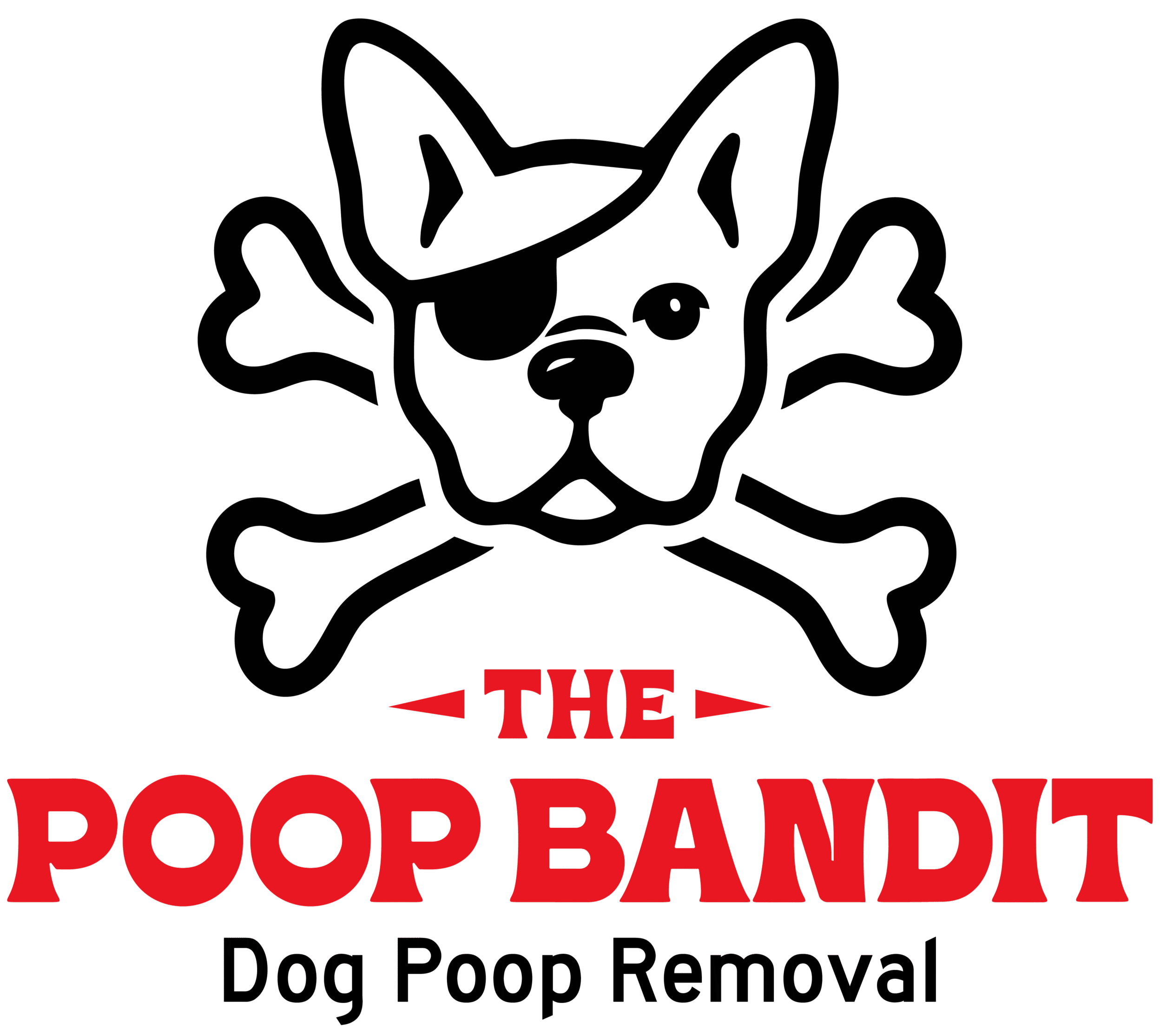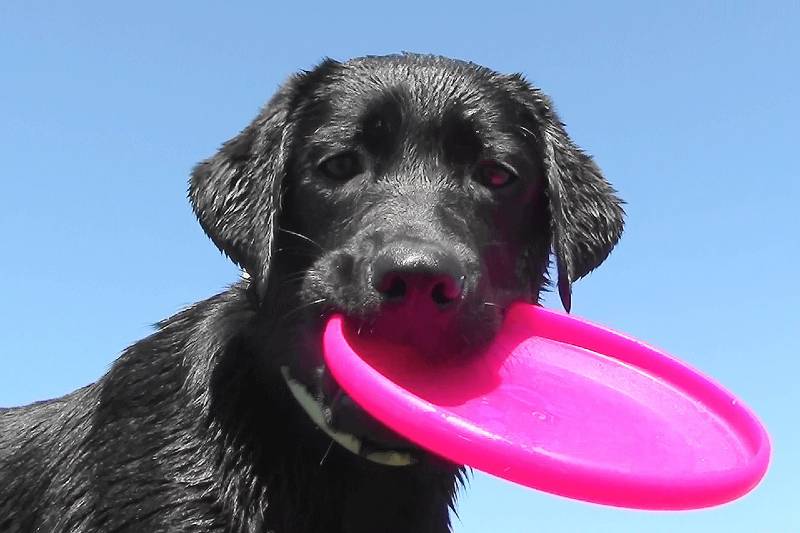Looking at your dog’s poop probably isn’t something you really want to do. But did you know the appearance of dog’s poop can reveal your canine’s current state of health? Read this article to learn more!
Just remember, we are not veterinarians. If you have any questions or concerns about your dog’s health, get help from your vet.
Color
Ideally, your dog’s poop will be brown. If your dog’s waste is a different color, it could indicate a change in diet. But it could also mean trouble is brewing.
Take a look at the following list. It will help you interpret the meaning behind any changes in the color of your dog’s poop.
● Green – This could be a sign of overeating grass, rapid bowel transit, or rodenticide consumption.
● Orange – Unless your dog recently gorged on carrots; this could be a symptom of pancreatitis.
● White or Grey – Liver, gall bladder, and intestine problems result in white or grey poop. These colors might also be an indication of an enzyme imbalance.
● Red – If your dog’s waste is red, that could mean the large intestine is bleeding, inflamed, contains a foreign object, or has a tumor. It might also indicate a worm infestation.
● Black – This color might be a sign of bleeding in the stomach or small intestine. That bleeding could be caused by an irritated stomach, tumor, or ulcer.
Content
What you find in your dog’s poop could also be a warning sign that something is wrong. We’ve listed a few examples below:
● Strange Objects – Some dogs eat non-food items, like carpet, clothes, rocks, string, and sand. This condition, known as pica, could be a symptom of inflammatory bowel disease, pancreatitis, a nutritional deficiency, or a behavioral disorder.
● Fur – Your dog might have a skin problem caused by fleas, mites, or food allergies.
● Mucus – Your dog’s large intestine could be inflamed.
● Fat – Your dog might be overeating fat or could be having trouble digesting fat.
● Worms – Roundworms are long, tapeworms are shorter. If you notice any in your dog’s poop, he or she is likely infested.
Volume
If your dog starts pooping more often or in larger amounts, that could mean your canine is:
● Eating more grass.
● Consuming larger portions.
● Eating more frequently.
● Suffering from digestive issues that hinder food absorption.
● Dealing with an infected gut.
A decrease in the frequency or volume of poop could mean:
● Your dog’s portion sizes have decreased.
● Your dog is dehydrated.
● Food absorption has improved.
In Conclusion
There’s no reason to panic if your dog’s stool begins to change in shape, color, volume, or frequency. Instead, think carefully about what those changes could mean.
If you have any reason to suspect health problems, the next step is to call your veterinarian and make an appointment. Your veterinarian can tell you if something is wrong and develop a plan of action to resolve the issue.
While it’s true that your dog’s poop can clue you in on your pup’s health, you probably don’t want to be the one who picks it up.
You don’t have to. We can pick up after your pooch for you!
Our dog poop removal service will take this unpleasant task off your hands.
This post has been brought to you by PoopBandit® Dog Poop Removal Service. PoopBandit® is the leading pet waste removal service in Orange County, including Winter Garden, Windermere, Dr. Phillips, with new routes in Winter Park.
Give them a call today at (407) 604-1008 to receive your free quote. Rates start at just $15.00 per week. See their website https://poopbandit.com/ for customer reviews and more. Never pick up Dog Poop again!


